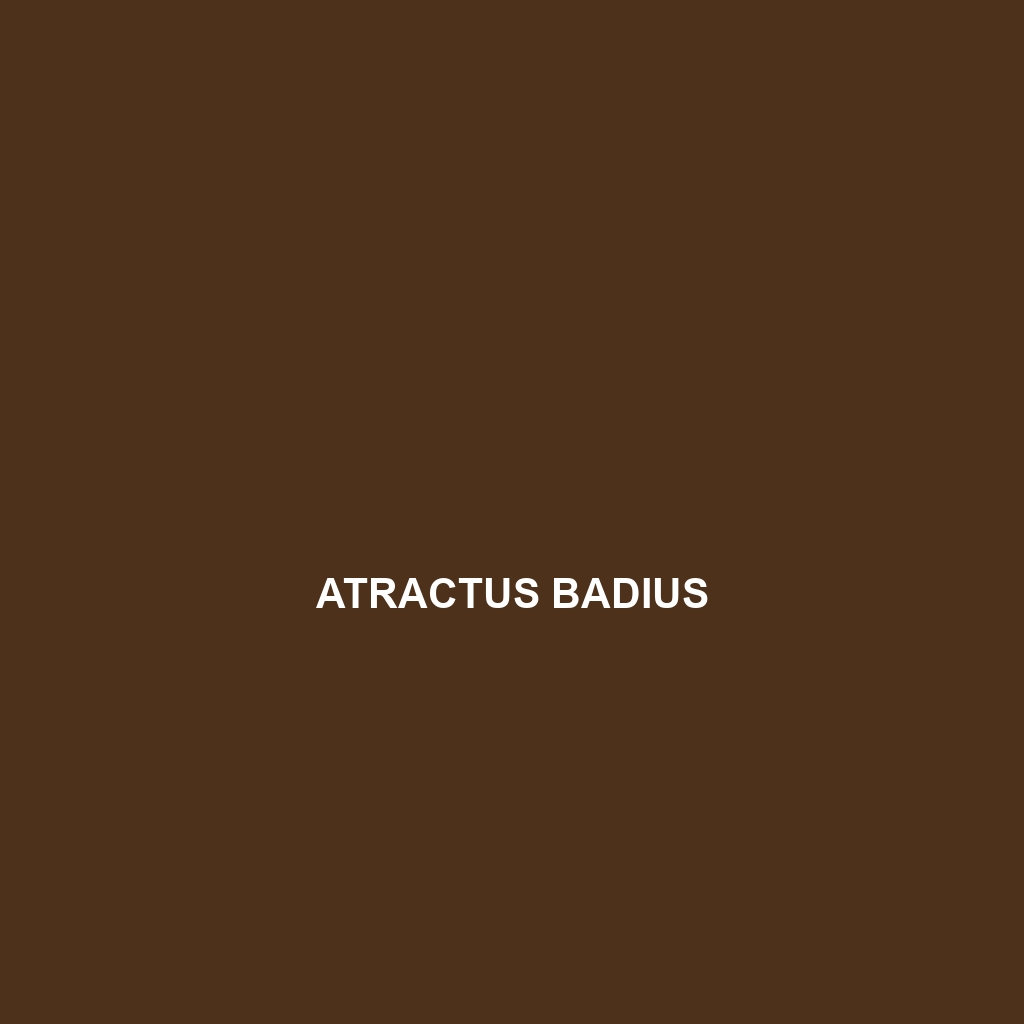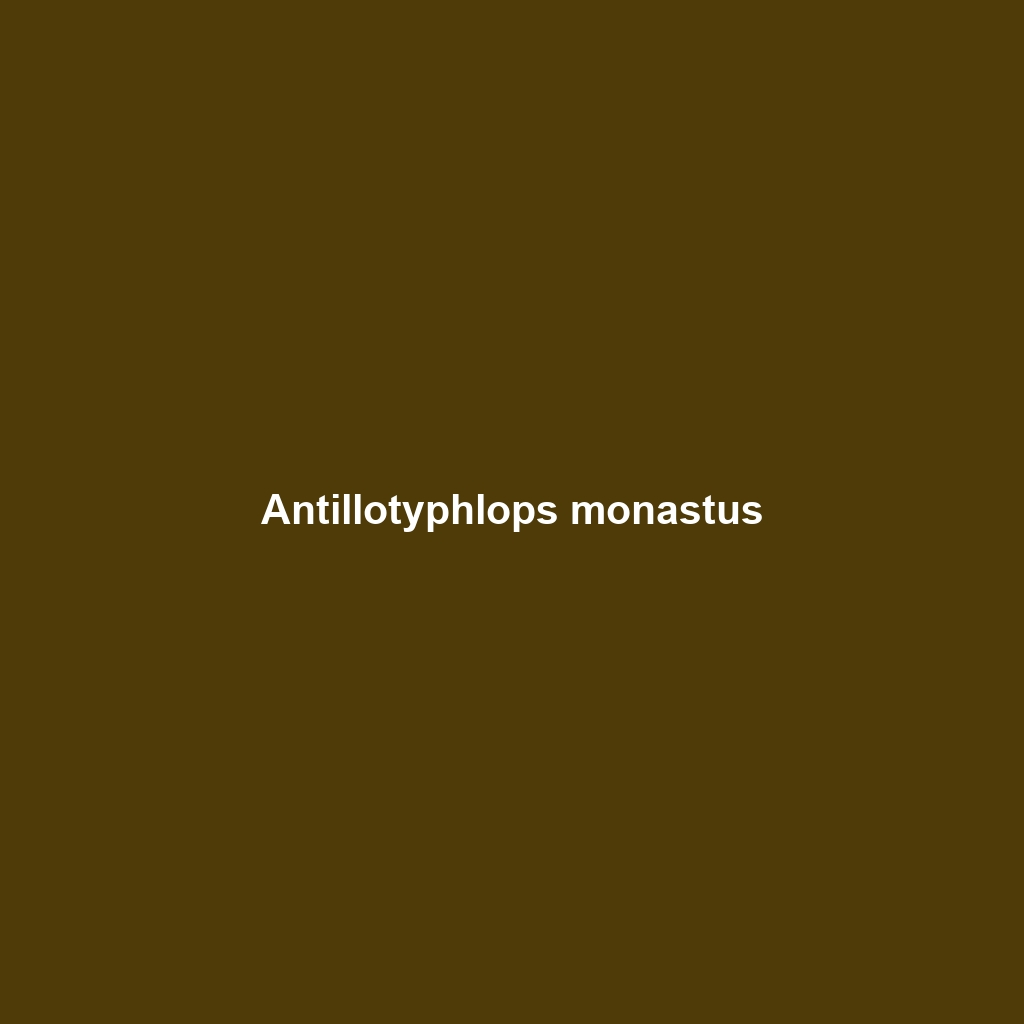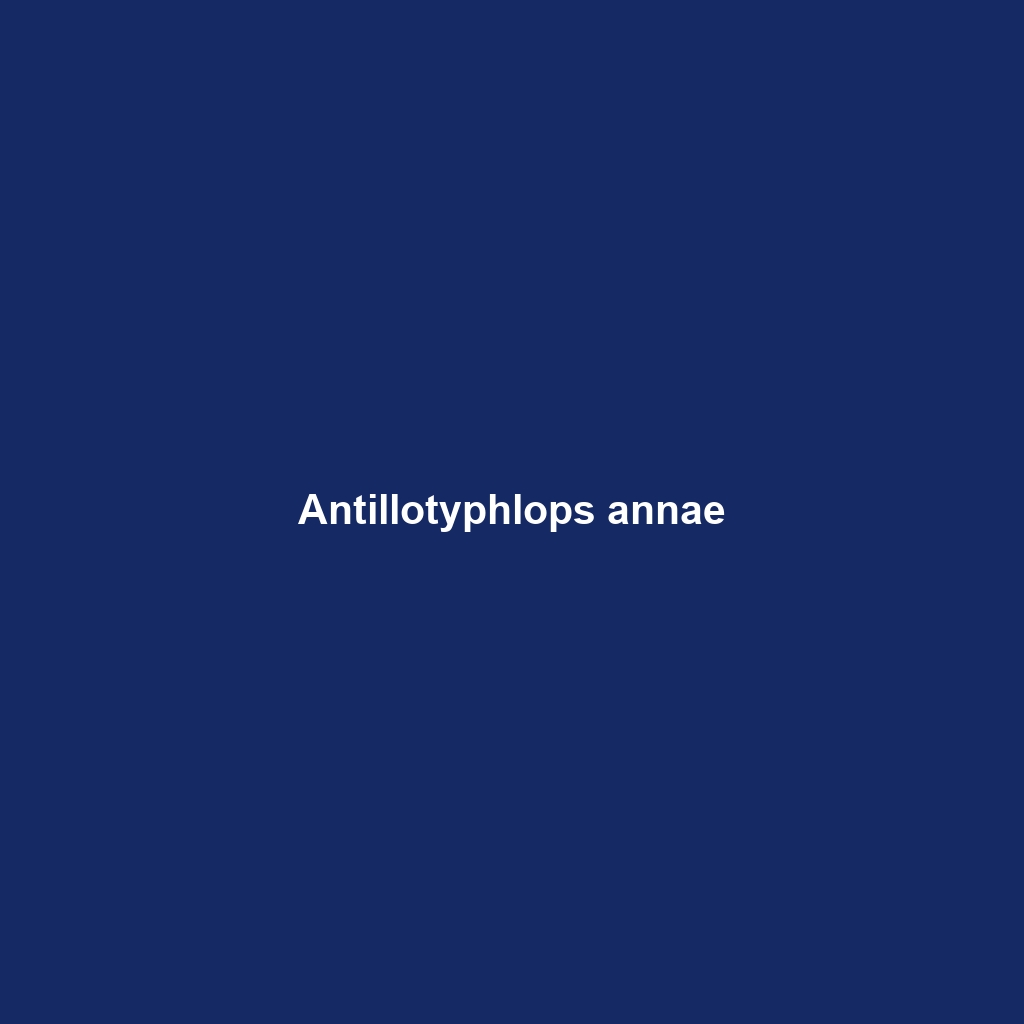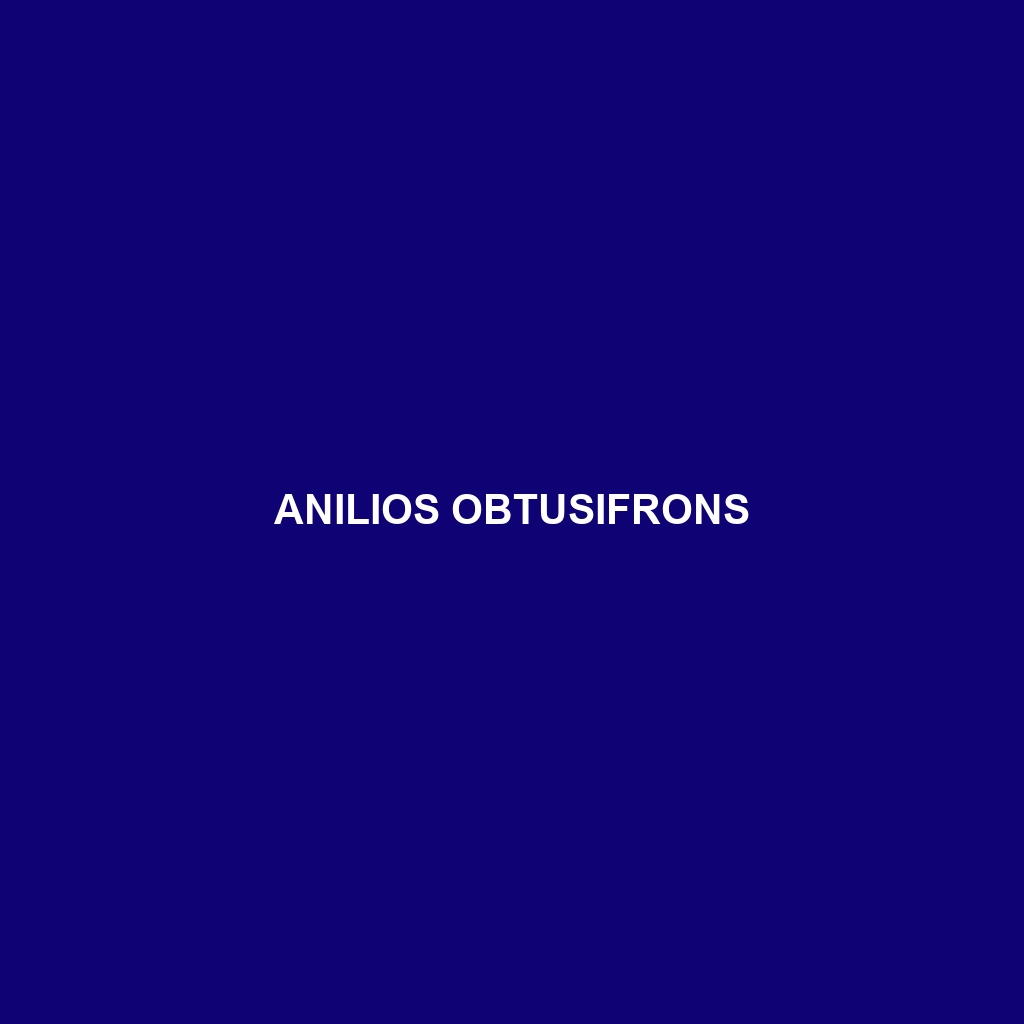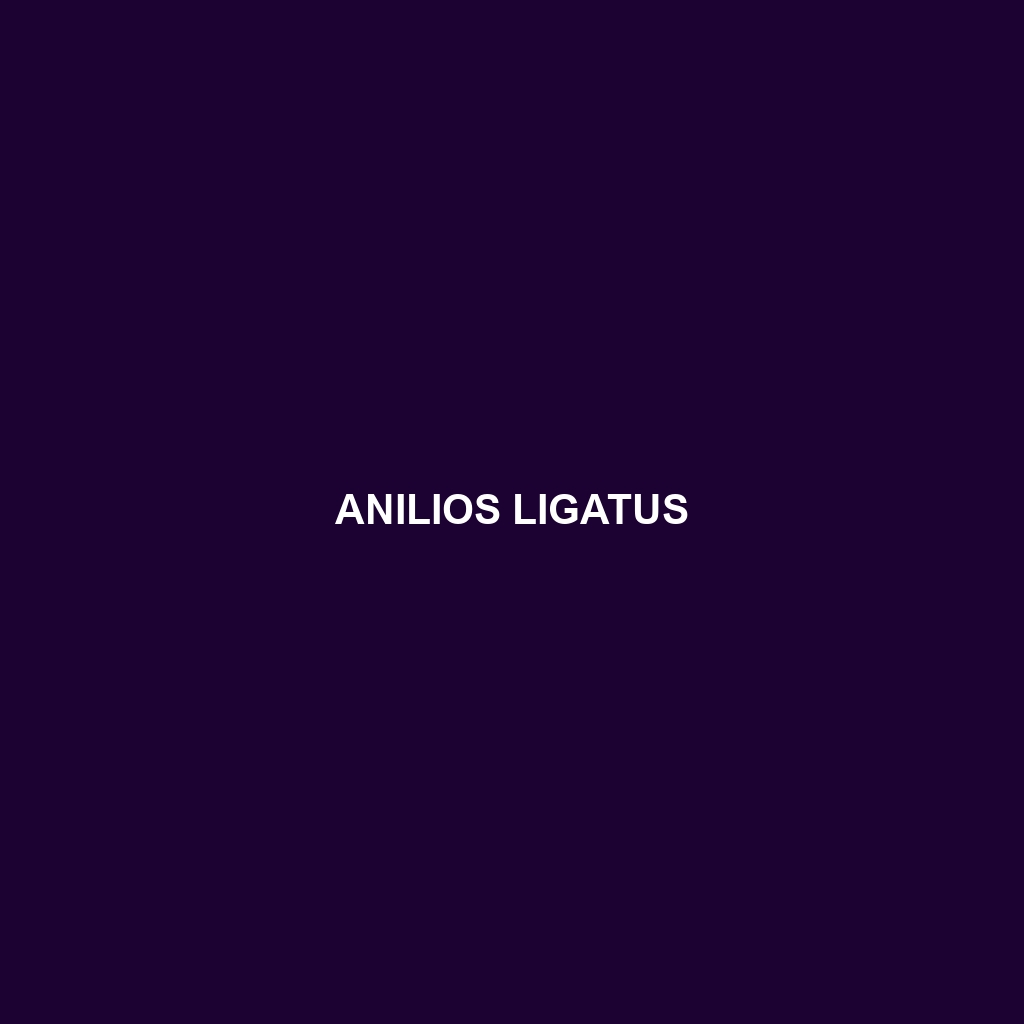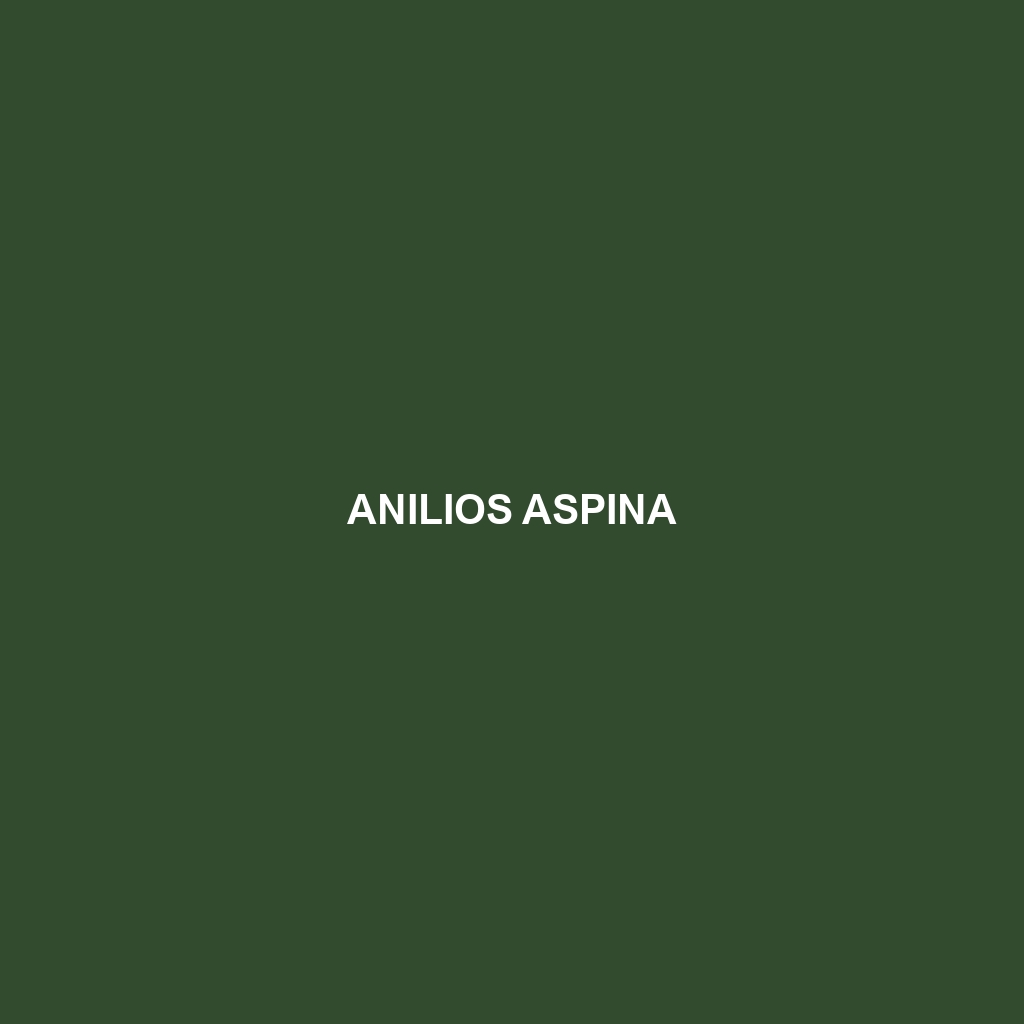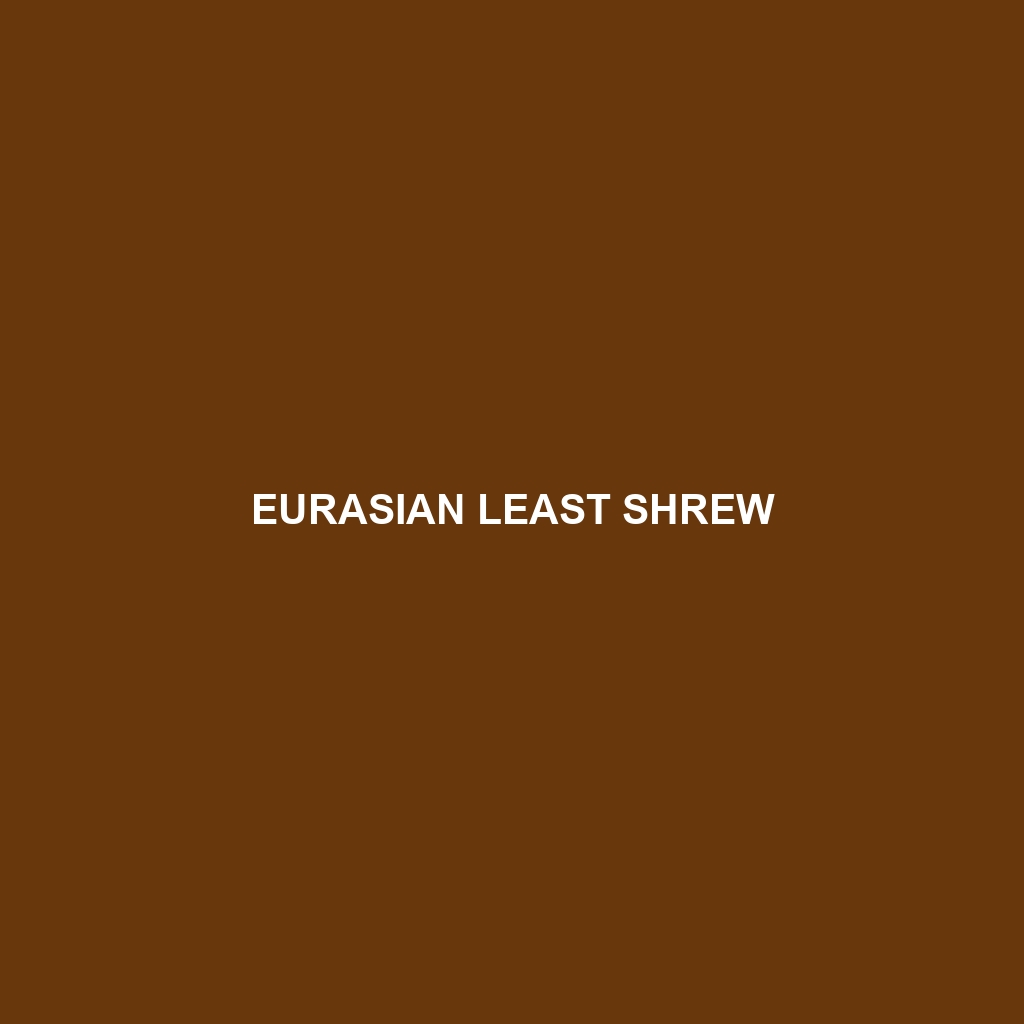Discover the Atractus badius, also known as the Brown Snake, a slender species native to the tropical forests of Colombia and Ecuador. With its distinctive dark reddish-brown coloration and nocturnal behavior, it plays a vital role in controlling invertebrate populations, contributing to the balance of its ecosystem.
Tag: invertebrate predator
Antillotyphlops monastus
Discover the Antillotyphlops monastus, or Antillean blind snake, a small, fossorial species native to the Caribbean, known for its elongated body, cylindrical shape, and unique adaptations for a subterranean lifestyle. This vulnerable species plays a crucial role in its ecosystem by preying on small invertebrates and contributing to soil health.
Antillotyphlops annae
Antillotyphlops annae, commonly known as the Antillean blind snake, is a small, fossorial species found in the moist tropical habitats of Puerto Rico and Saint Kitts. This secretive snake plays a vital ecological role by preying on ants and termites while thriving in diverse environments, including urban areas.
Anniella pulchra
Discover the Anniella pulchra, or silvery legless lizard, known for its unique legless adaptation, slender body measuring 9 to 16 inches, and diurnal behavior. Found primarily in California's coastal habitats, this carnivorous species plays a vital role in controlling insect populations and showcases fascinating burrowing capabilities.
Anilios obtusifrons
Discover the Anilios obtusifrons, a medium-sized, nocturnal snake native to tropical Australia, known for its smooth, camouflaged skin and burrowing behavior. Feeding primarily on small invertebrates, this non-aggressive species plays a crucial role in maintaining soil health and ecosystem balance.
Anilios longissimus
Discover the Anilios longissimus, or long worm snake, a unique burrowing species native to northern Australia's tropical regions. With its smooth, elongated body, it thrives underground, feeding on small invertebrates, playing a vital role in its ecosystem as both predator and prey.
Anilios hamatus
Discover the Anilios hamatus, or hamate blind snake, a fossorial species native to northern Australia, measuring 25 to 30 cm in length, with a light to dark brown coloration. Known for its gentle nature, this nocturnal snake primarily feeds on ants and termites, playing a vital role in regulating invertebrate populations in its ecosystem.
Anilios australis
Discover the Anilios australis, or southern blind snake, a fossorial species native to southern Australia, characterized by its slender body, smooth scales, and nocturnal feeding habits on small invertebrates. This non-venomous snake plays a crucial role in its ecosystem by aerating soil and controlling invertebrate populations.
Eurasian Least Shrew
Discover the intriguing world of the **Eurasian Least Shrew** (*Sorex minutus*), one of Europe's tiniest mammals, thriving in diverse habitats from woodland to urban areas. This nocturnal predator plays a crucial role in controlling insect populations and faces challenges from habitat loss. Learn about their unique characteristics, diet, and vital contributions to the ecosystem in our latest blog post.
